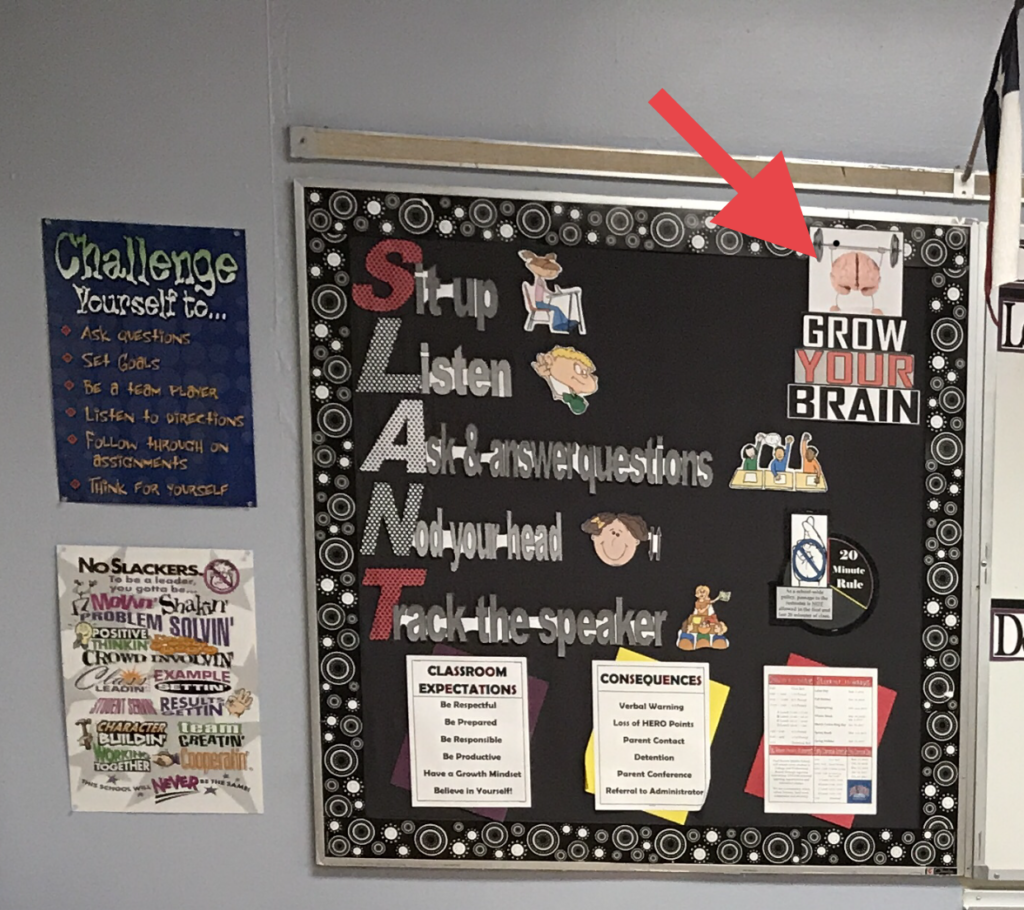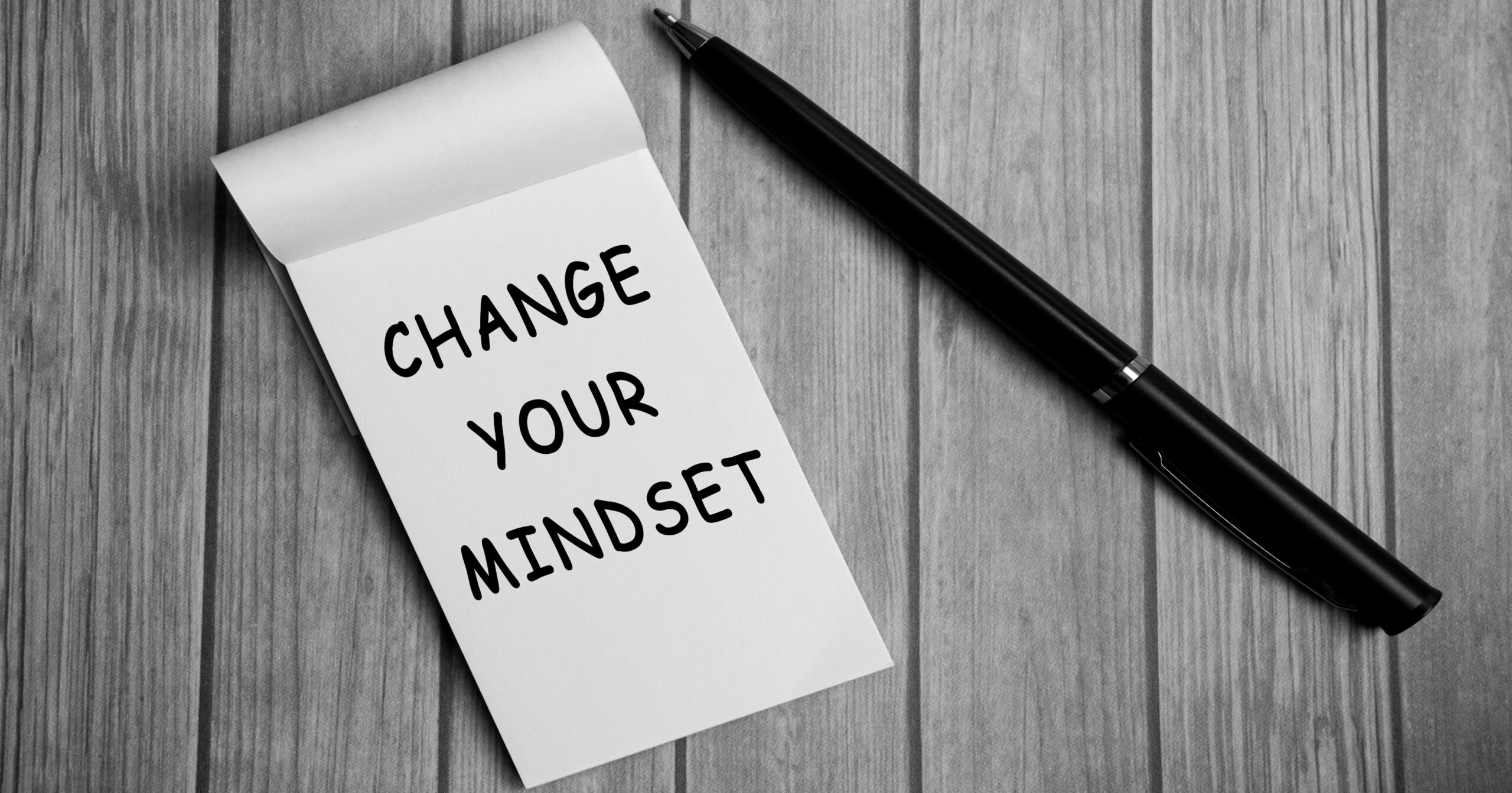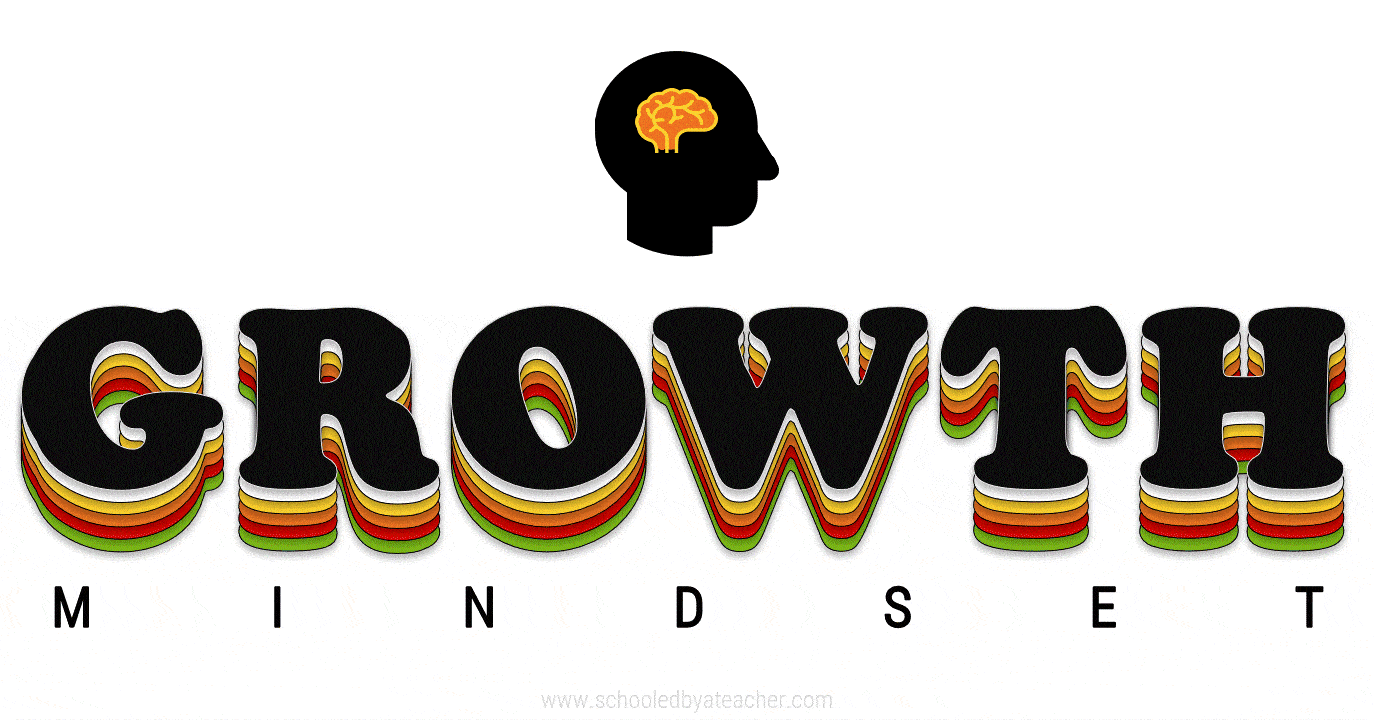A growth mindset is the belief that an individual can develop and improve their skills and abilities through effort and learning, as opposed to a fixed mindset that assumes that one’s traits are innate and unchangeable. According to Carol Dweck, a Stanford psychologist and the author of Mindset: The New Psychology of Success, having a growth mindset can help students embrace challenges, seek feedback, and achieve their goals.
Since its inception, growth mindset has become a popular concept that promises to help learners achieve their goals and overcome their challenges. However, it is also prone to becoming a fad or being improperly implemented if we do not understand its nuances and limitations. In fact, meta-analysis conducted by Sisk, Burgoyne, Sun, Butler, and Macnamara of Case Western University has challenged the effectiveness of growth mindset interventions, or programs that teach students to adopt a growth mindset suggesting that the apparent effects of growth mindset interventions were likely attributable to inadequate study design, reporting flaws, and bias and that “mindset interventions might need to be combined with other interventions to increase effectiveness” (Sisk et al., 2018, p. 569).
As an educator, I know I must constantly evaluate my practices and ensure that my efforts are grounded in evidence-based strategies which has led me to reconsider my use and application of growth mindset. After reviewing my growth mindset plan in light of the research from the Case Western Study, I have concluded that dismissing growth mindset entirely would be a missed opportunity. Instead, it requires a deeper understanding and a more nuanced approach to its implementation within my classroom.
In the subsections below, I will share my thoughts and strategies on how I will continue to promote and encourage a growth mindset based on my experience as an educator and considering my innovation plan. I will also address some of the challenges and limitations of the growth mindset approach, and how I can overcome them by adopting a learner’s mindset.
Moving Beyond the Buzzwords
For too long, the growth mindset has been treated as a cure all for educational challenges. I’ve seen countless posters plastered on classroom walls (including my own), heard pep talks about “growth mindset”, “the power of yet”, “grit” and “perseverance,” but often, the essence of the growth mindset – a belief in the malleability of intelligence and the power of effort and strategy – has been lost in translation.

Our role as educators goes beyond simply chanting the mantra of “yet” and praising our students’ effort. We must focus on providing constructive feedback, praise, and encouragement that focuses on their effort, progress, and learning strategies, rather than on their innate ability or intelligence. Additionally, we should highlight specific areas for improvement and encourage students to develop effective learning strategies. This requires a shift from focusing solely on grades and outcomes to celebrating the process of learning, the challenges overcome, and the progress made. This can help students to value the process of learning, rather than the outcome, and to see feedback and praise as sources of information and motivation, rather than as judgments of their worth.
Modeling the Growth Mindset
Tying this my revised thoughts on growth mindset to my innovation plan regarding technology-enhanced project-based learning for newcomer emergent bilingual (EB) students, here are some ways that I can model a growth mindset for this unique student subpopulation:
- Being the Change I Wish to See: It is important for students to know that even though I am their teacher, I am not perfect. Sharing my own mistakes, struggles, and learning journeys can be powerful in demonstrating that growth is a continuous process that occurs throughout life, not a destination. This vulnerability opens the door for authentic conversations, fosters a culture of risk-taking, and helps students realize that challenges are not roadblocks, but steppingstones to success.
- Goal Setting: Help newcomer (EB) students set realistic, specific, and measurable goals for their language and content learning and help them monitor and reflect on their progress and performance. This can help students to have a clear direction and purpose for their learning, to track their improvement over time, and to adjust their actions and strategies as needed.
- Peer-to-Peer Learning: Create a supportive and collaborative learning environment where newcomer (EB) students can learn from and with each other, and where mistakes and failures are seen as opportunities to learn and grow, rather than as reasons to give up or feel ashamed. This can help students to feel more confident and comfortable in their learning, to seek and offer help when needed, and to celebrate their achievements and those of others.
- From Grades to Growth: The preoccupation with grades can be detrimental to fostering a growth mindset. Instead of focusing on the extrinsic rewards of grades, I will encourage students to measure their own progress against their personal goals and celebrate their individual growth. Setting realistic and specific goals, providing opportunities for self-reflection, and encouraging intrinsic motivation are crucial in fostering a love for learning that transcends external validation.
- Applying Grit and Rigor – The Yin and Yang of Growth: According to Angela Duckworth, a psychologist and the author of Grit: The Power of Passion and Perseverance, grit is a combination of passion and perseverance for long-term goals. While grit plays a significant role in persevering through challenges, it can be misused if not coupled with rigor and high expectations. Pushing newcomer (EB) students beyond their comfort zones, while also providing them with meaningful and challenging tasks, and scaffolding their learning are essential for fostering true growth and preventing the growth mindset from becoming a mere feel-good philosophy.
Moving Beyond Growth Mindset: Cultivating a Learner’s Mindset
Growth mindset is not a standalone factor or approach that can work in isolation to other factors or approaches that promote learning. Put differently, adopting a growth mindset is a fundamental step, but it’s not the end goal. Reiterating the point from the Case Western meta-analysis study, “mindset interventions might need to be combined with other interventions to increase effectiveness” (Sisk et al., 2018, p. 569). What this means is that we should avoid isolating or separating growth mindset from other factors or approaches that can enhance its impact. Rather, we should understand that it is, more likely than not, a complementary approach that can work in conjunction or in alignment with other factors or approaches to create a coherent and consistent learning environment that supports and fosters positive outcomes.
The learner’s mindset is a viable companion to the foundations of a growth mindset. According to Dr. Dwayne Harapnuik, a learner’s mindset is “a state of being where people act on their intrinsic capacity to learn and respond to their inquisitive nature that leads to viewing all interactions with the world as learning opportunities” (Harapnuik, 2021). A learner’s mindset can help learners to develop a growth mindset by fostering their curiosity, creativity, and agency in their learning, and by enabling them to make choices, take ownership, and express their voice in authentic learning contexts. A learner’s mindset can also help learners to go beyond the growth mindset, by not only believing that they can learn, but also actively seeking and creating learning opportunities for themselves and others.
A Focus on the Learning and Moving Students Toward Adopting a Learner’s Mindset
Moving back to my innovation plan that involves TEPBL for Newcomer EB Students, I believe that having a learner’s mindset is essential for my students to succeed. TEPBL is a language arts curriculum that integrates technology and project-based learning to create engaging and meaningful learning experiences for newcomer EB students. It aims to help them develop the language, content (ELA/R), and 21st-century skills that they need to thrive in their new environment.
To implement TEPBL effectively, I need to help students adopt a learner’s mindset, which will enable them to take charge of their own learning and to collaborate with others in authentic and relevant projects. Here are some strategies that I plan to use to move my students toward adopting a learner’s mindset:
- Provide learners with choice, ownership, and voice in their learning. This entails giving students the opportunity to choose what they want to learn, how they want to learn, and how they want to demonstrate their learning, within a given framework and criteria. This also means giving them the responsibility to set their own goals, monitor their progress, and to reflect on their performance. By doing so, I hope to help my students develop a sense of autonomy and competence in their learning.
- Encourage students to learn from and with each other, and to seek and create learning opportunities beyond the classroom. This involves creating a collaborative and supportive learning environment where students can work together, share their perspectives and experiences, and learn from each other’s strengths and weaknesses. By doing so, I hope to help my students develop a sense of belonging, unity in diversity, and growth in their learning.
- Engage learners in authentic and relevant projects that connect to their personal, academic, and social interests and needs. This means designing and facilitating projects that are based on real-world problems or issues that matter to them and to their community. This also means providing them with the necessary technology and resources that can help them to access, analyze, and communicate information and ideas.
The Road Ahead
The journey towards cultivating a growth and learner’s mindset is not a sprint, but a marathon. It requires continuous learning, reflection, and a willingness to reflect on and adapt my practices based on research-based evidence and the needs of my students. By moving beyond the hype and focusing on the core principles of the growth and learner’s mindset, I believe I can create learning environments that empower my students to reach their full potential and become lifelong learners.
References
Duckworth, A. (2016). Grit: the power of passion and perseverance. Scribner.
Dweck, C. S. (2006). Mindset: The new psychology of success. Random House.
Harapnuik, Dr. D. (2021, February 9). Learner’s Mindset Explained. It’s about Learning – Creating Significant Learning Environments. https://www.harapnuik.org/?p=8705
Harapnuik, D. K., Thibodeaux, T. N., & Cummings, C. D. (2018). Choice, ownership, and voice through authentic learning. Creative Commons License.
Sisk, V. F., Burgoyne, A. P., Sun, J., Butler, J. L., & Macnamara, B. N. (2018). To What Extent and Under Which Circumstances Are Growth Mind-Sets Important to Academic Achievement? Two Meta-Analyses. Psychological Science, 29(4), 549–571. https://doi.org/10.1177/0956797617739704





